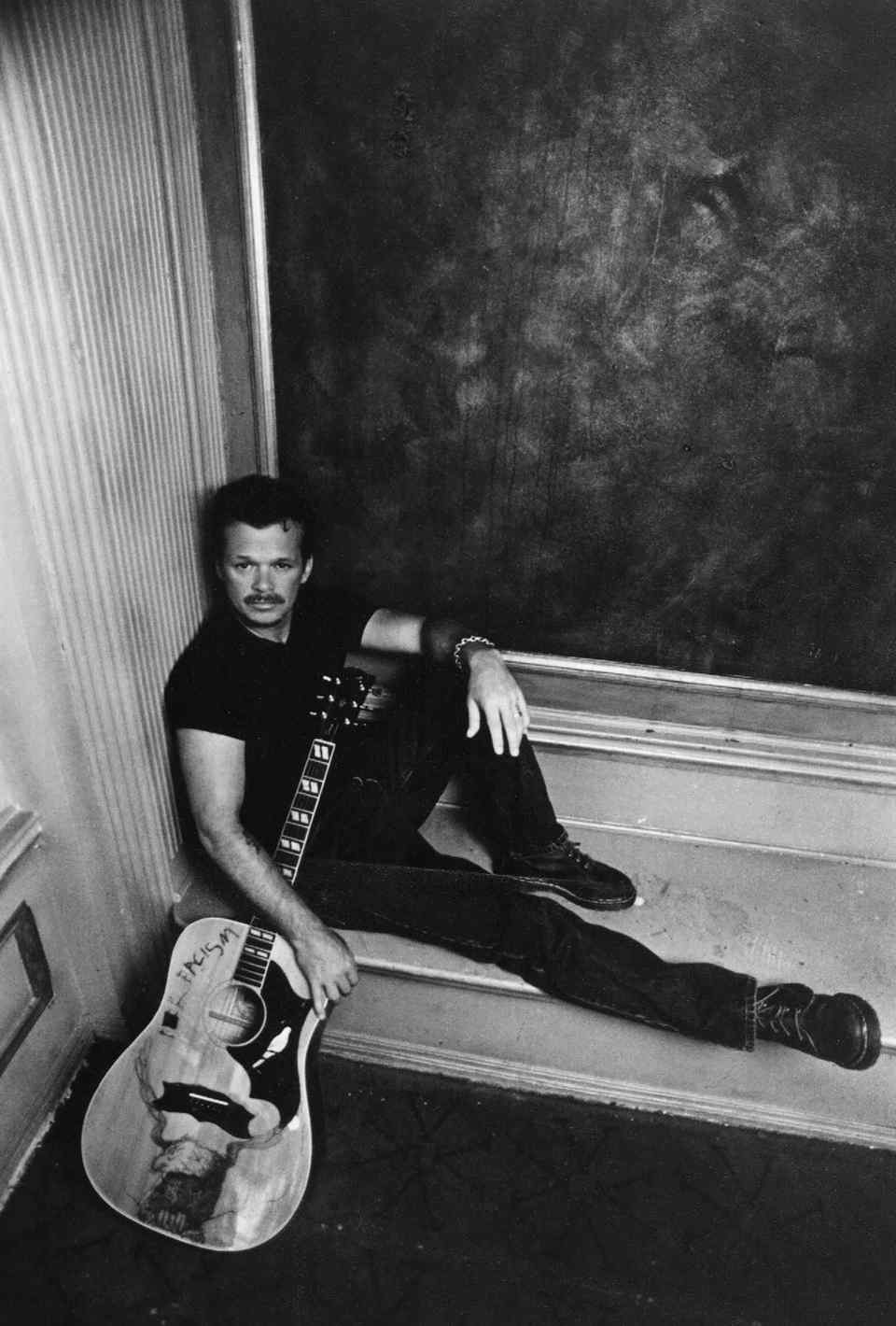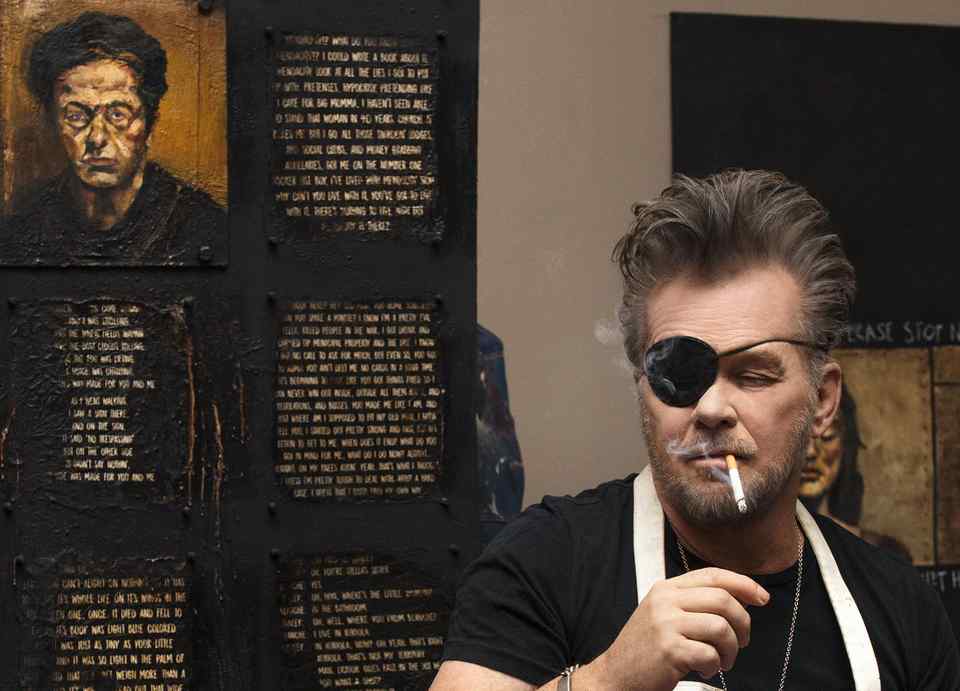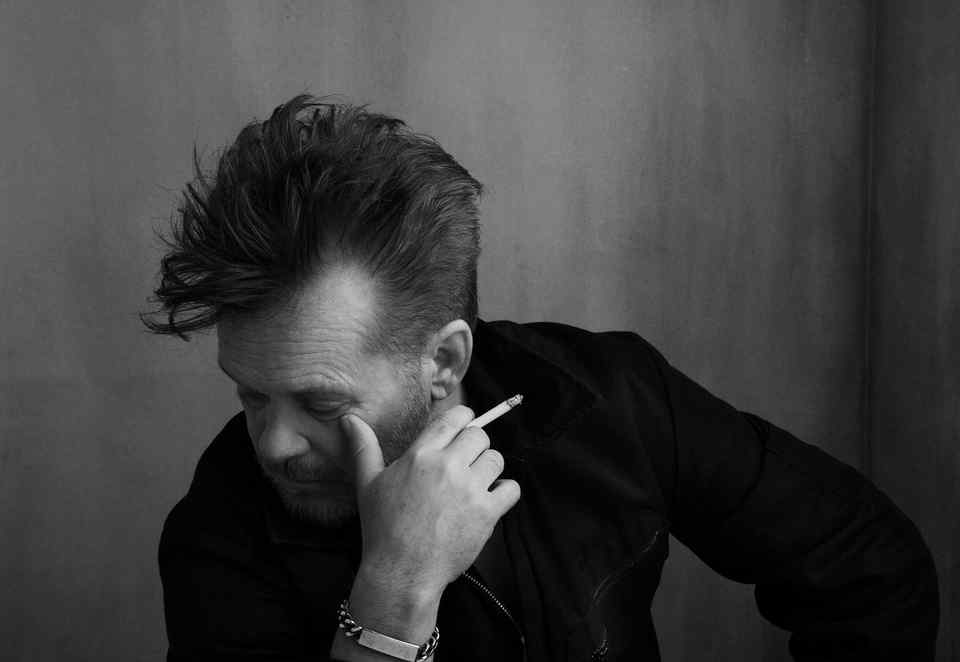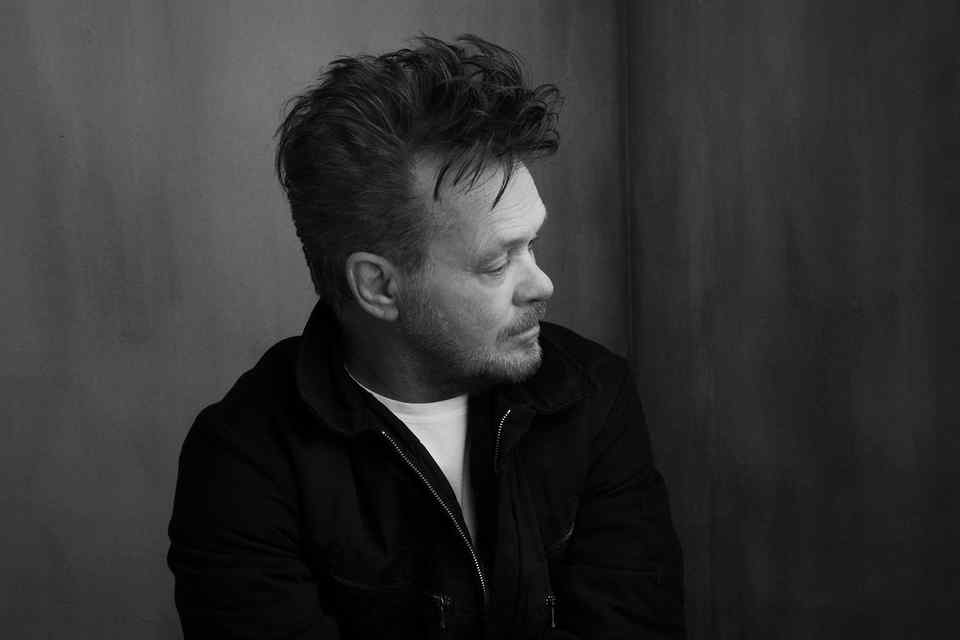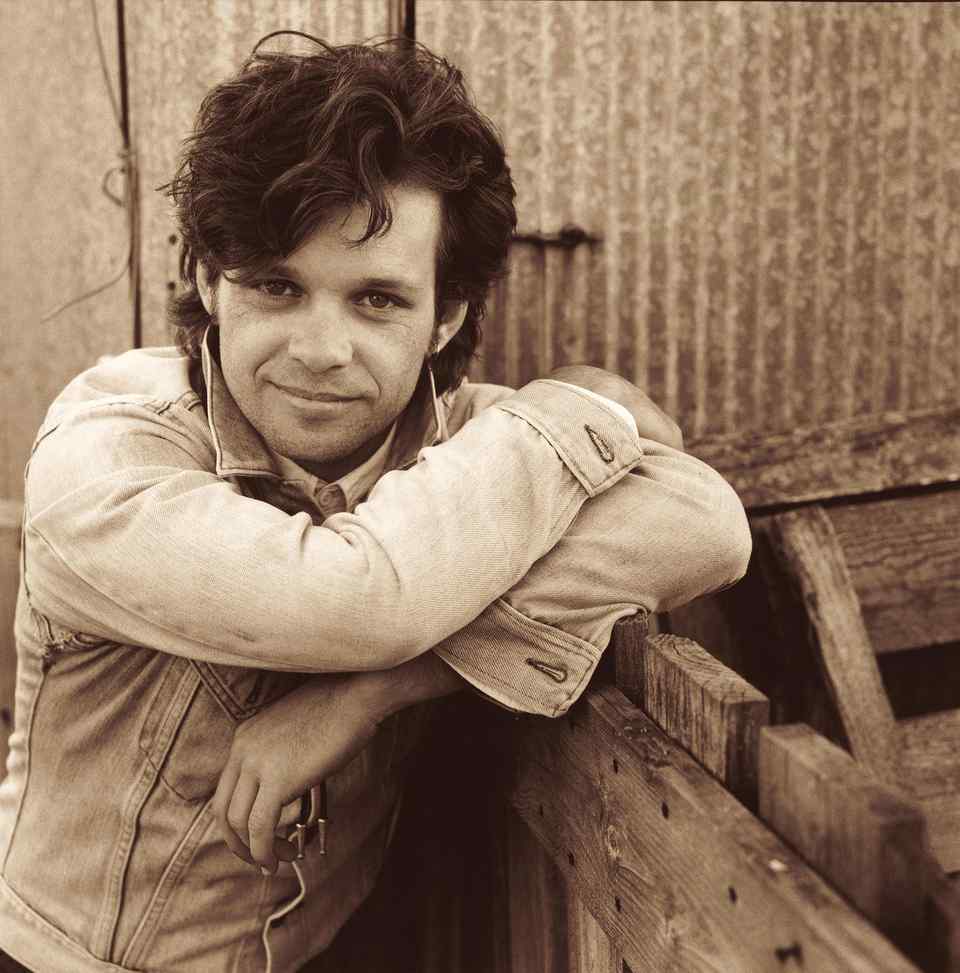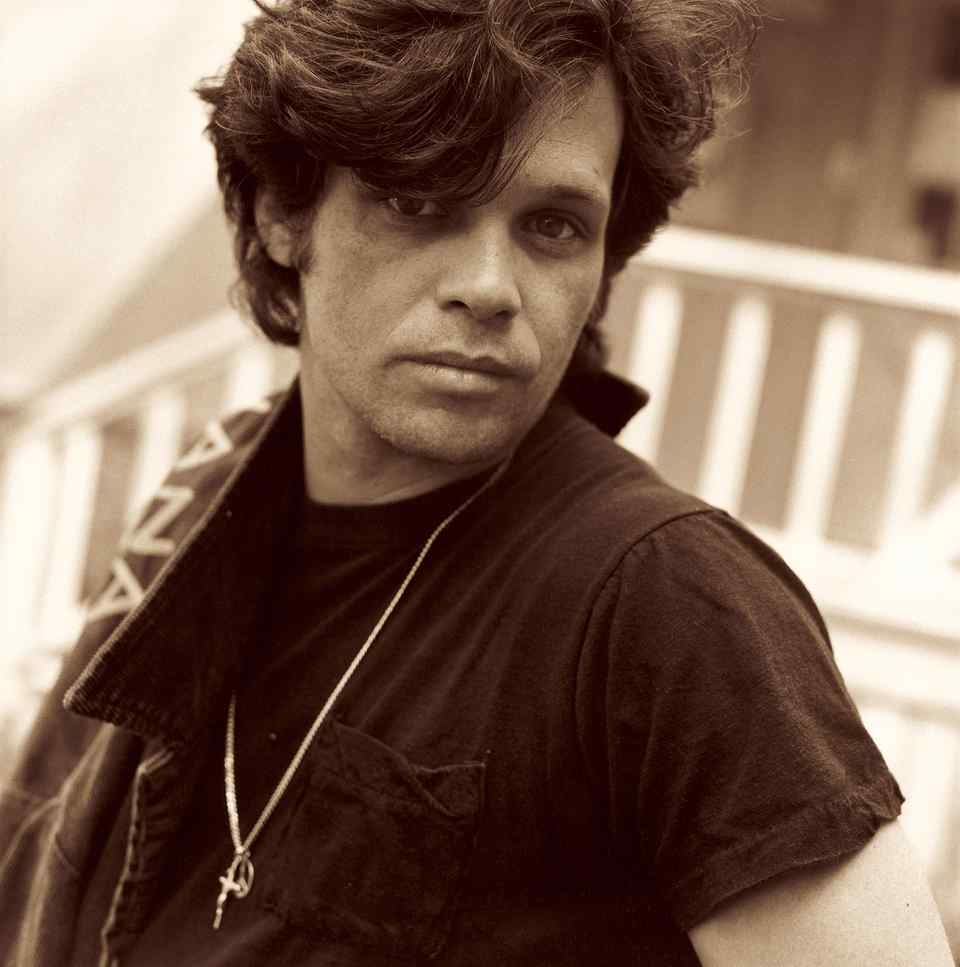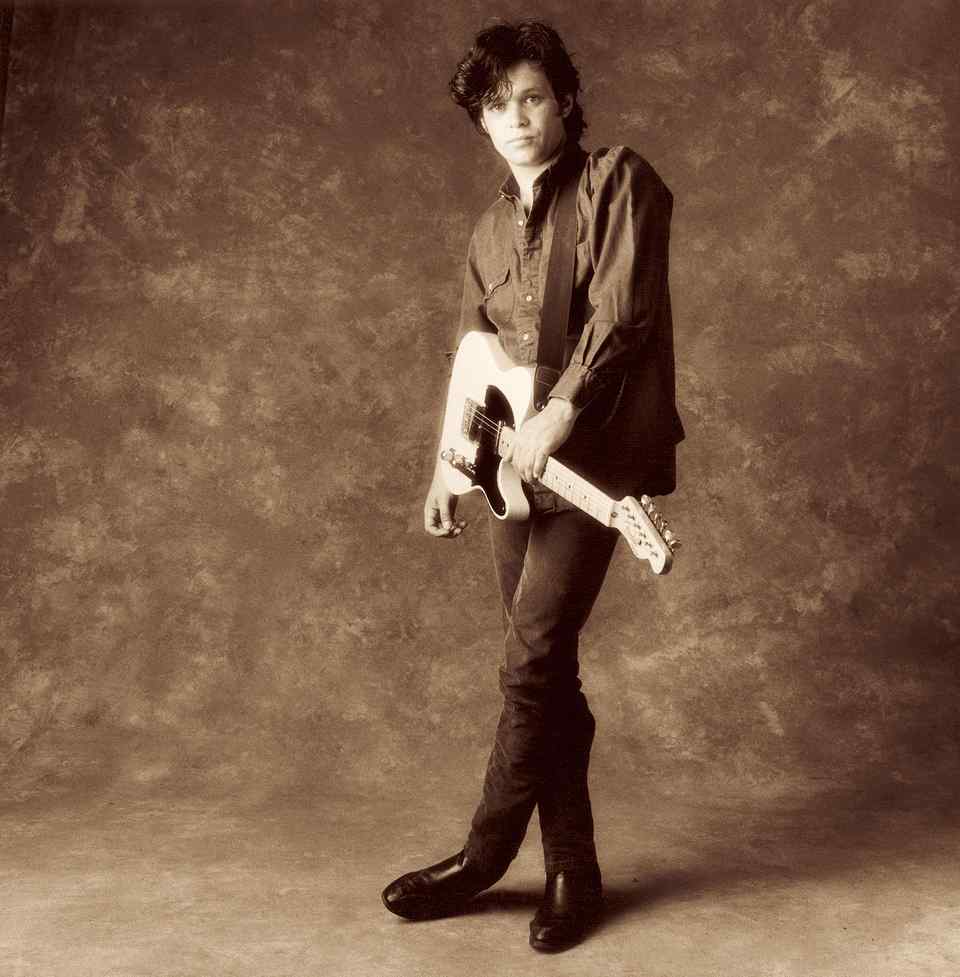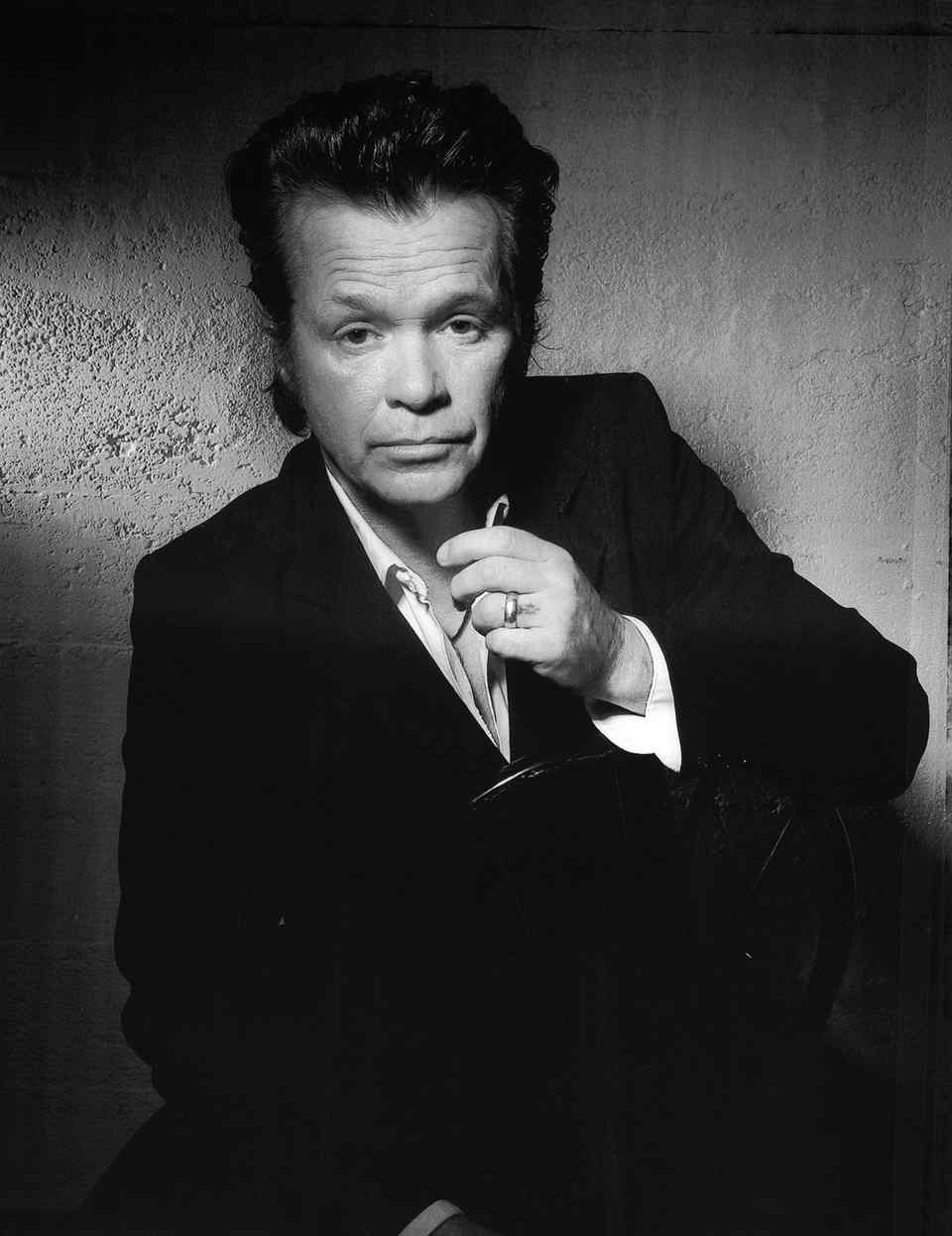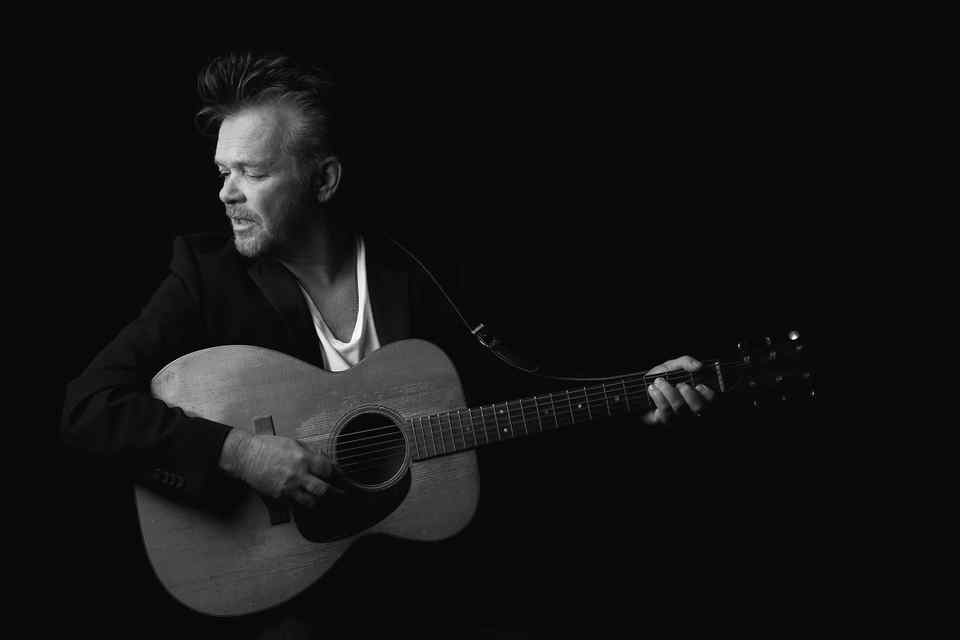The Daily Beast: How John Mellencamp Invented American Gypsy Rock
Before the No Depression movement gained recognition, before the soundtrack to O Brother, Where Art Thou? temporarily resurrected folk music in pop culture, and before Robert Plant won acclaim for his collaboration with Alison Krauss, Mellencamp scored commercial hits on rock and pop radio with songs that not only contained but prominently featured the violin, accordion, banjo, Dobro, and other traditional instruments. Those who classify Mellencamp simply as Americana are mistaken. His album released in 1987 had a hybrid sound that Mellencamp christened “gypsy rock.” The sweat of immigrants, the dirt from farm fields, and the electricity of rock ’n’ roll combined forces to create something not only unique and original but popular, and not only successful but innovative and challenging. The album is called The Lonesome Jubilee.
The surname Mellencamp stretches across the front cover right above a black-and-white photograph of the pensive and contemplative singer-songwriter sitting in a bar next to an old man in work clothes. The facial expression on the Indiana born and bred rock star has the same tough exterior, weathered by despair and veiling sensitivity, that defines the worker in the baseball cap next to him. Underneath the elbows of the singer and below his own name is the title of the album. The conventional meaning of jubilee is a period of celebration. In the Bible it refers to a periodic granting of favor from God when slaves are set free, property is restored to its rightful owners, and the lands produce a bountiful harvest. Mellencamp’s postcard from his thirty-sixth year and from the small Indiana town where he lived at the time and continues to live—an easy fifty miles down a rural highway from the “small town” of his birth that he immortalized in the tributary hit “Small Town”—announced a jubilee that was not ecstatic, redemptive, or salvific but “lonesome.” The Midway Tavern in Elnora, Indiana, is the setting of the cover, and occupying the barstool next to Mellencamp is the late Woody Baker—a lifelong Elnora resident who was a World War II veteran, father, grandfather, and welder. Baker’s jubilees might have been lonesome—scattered among struggles—but the fact that they exist, and that they inject the working class with vitality that the middle class lacks—puts the spirit of jubilation in Mellencamp’s music. Norman Mailer said that the middle class is constantly “submerged by the wealth and power of the upper class, and besieged by the vitality of the working class.” It is the working class and the poor who created the forms of music Mellencamp would use to fashion his own brand of gypsy rock—former slaves singing in dirt-floored churches, Irish immigrants with homemade mandolins, and a teenager from Tupelo, Mississippi, singing at the direction of the primal conductor within his spirit.
“Paper in Fire” is a ferocious song. It is the aural equivalent of a wild
beast breaking out of its cage.
“A lot of the time I write in the third person,” Mellencamp said in an interview
about The Lonesome Jubilee, “but I’m mostly describing my own ordeals. When
those unsettled struggles prey on your mind, you become haunted. To get free,
you must defeat your ghosts.” He also talked about how his muse is often not a
gentle and loving one—“The Lonesome Jubilee, like Scarecrow, is about me and my
family tree grappling against both the world and our own inner goddamned
whirlwind.”
The shadow of death—and the presence of ghosts—hovered over and darkened the recording sessions for Scarecrow. The Lonesome Jubilee took life under the same haunted conditions. Mellencamp’s Uncle Joe died shortly before the writing and recording of the album, and his death, like that of Mellencamp’s grandfather, established a mood and presented a theme for sessions. Unlike Mellencamp’s grandfather, however, his uncle provoked feelings of hostility and anger alongside the pain and loss that accompany mourning.
Joe Mellencamp was the star running back for Seymour High School and, more impressively, for Indiana University. After graduation, he returned home and soon started a successful concrete business. Anger from an unknown source and creeping dissatisfaction doubled as hands on his back pushing him into serial infidelities and routine brawling. “In 1967, he was briefly involved with the John Birch Society,” Mellencamp explains, “and that woke me up to the ugliness of his overall outlook.”
If Speck showed Mellencamp the integrity and dignity of his family and neighbors’ working-class life, Joe revealed a darker side. The life of Joe Mellencamp exposed the nightmarish underside of the American dream and the infected, bloated underbelly of American life. Personal cruelty toward others, bigotry, fear, and the validation of the cliché “You are your own worst enemy” were on full display throughout much of his life. Mellencamp says that the life and death of his Uncle Joe provided inspiration for one of his best songs and biggest hits, the opener of The Lonesome Jubilee, “Paper in Fire.” “Paper in Fire is about Joe, and the family’s ingrained anger… It is tragic when families don’t grow up.”
“Paper in Fire” is a ferocious song. It is the aural equivalent of a wild beast breaking out of its cage. The exciting swirl of traditional and rock instrumentation creates a sound of struggle, and the shrieking violin sounds like it belongs in a Hitchcock movie. It is a song about inner death—a condition in which no murderer is necessary to destroy someone, only the demons that reside within a man’s own heart. The first verse is about a woman with an unnamed dream. She dedicates herself to making her dream a reality, but just as she is ready to wrap it inside her fist, she knocks it away from her life. “Well the dream burned up / Like paper in fire,” Mellencamp sings before the full band kicks into the chorus with the power of a combustible engine. Each time Mellencamp ends a verse with the words that give the song its title, it is akin to turning the key in the ignition of a muscle car:
Paper in fire
Stinkin’ up the ashtrays
Paper in fire
Smokin’ up the alleyways
Who’s to say the way
A man should spend his days
Do you let them smolder
Like paper in fire
In the second verse, Mellencamp describes a man who “wanted love / With no involvement.” He “chase[s] the wind” and lives “days of vanity” forever, eventually seeing those days burn up like paper in fire. After the second chorus, there is a musical interlude. The violin screams with terror, the drums clash into an accordion winding its funereal melody, the guitars thrash away with punk spirit. Suddenly everything drops, and the Dobro plays the blues, creating space for Mellencamp’s deep voice:
There is a good life
Right across this green field
And each generation
Stares at it from afar
But we keep no check
On our appetites
So the green fields turn to brown
Like paper in fire
Timothy Weldon, a philosophy professor at the University of St. Francis in Joliet, Illinois, is fond of asking students, “Is too much ambition a bad thing?” It is a great question, especially considering the wreckage that a lifestyle of consumption and constant mobility has created out of American communities. On a more personal and intimate level, the question—the same one Mellencamp is answering in “Paper in Fire”—relates to the ways in which people, who perhaps don’t know what they really want, cannibalize what they already have. We turn the green fields to brown and watch them burn, feeling the heat from the flames licking the sky, because we aren’t stewards of our dreams and our families. Jim Harrison wrote that “you must follow the affections of your heart. Otherwise you will feel badly.” Those who feel badly, perhaps like Joe Mellencamp, attempt to treat their pain with forms of therapy that only worsen the wound.
“Paper in Fire” is full of rage, and Mellencamp turns his anger toward his family, his neighbors, and himself.
Excerpted from Mellencamp: American Troubadour by David Masciotra. Copyright © 2015 by University Press of Kentucky. Reprinted by permission.
